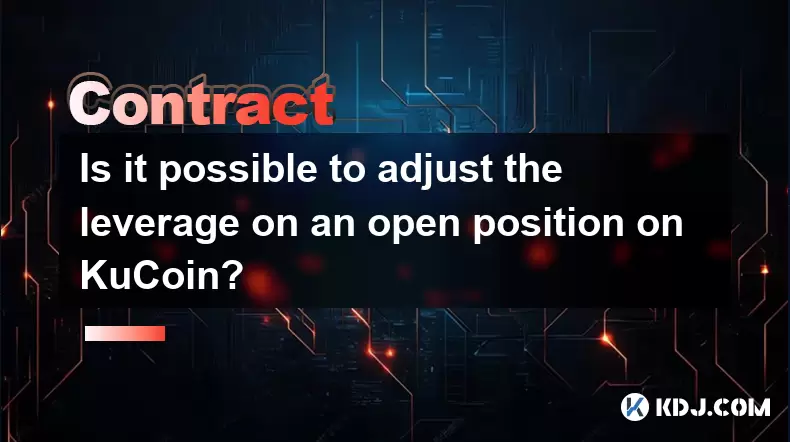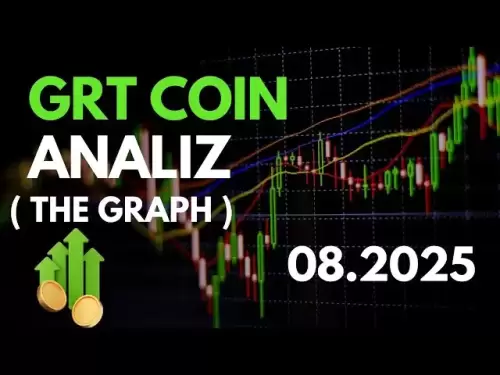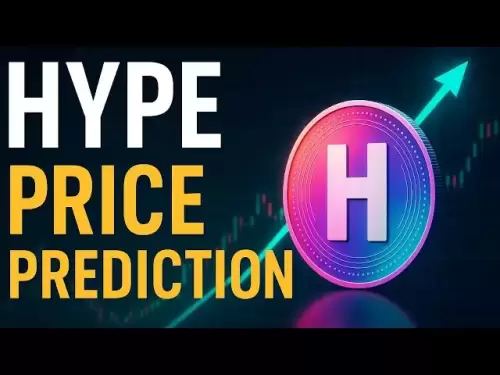-
 Bitcoin
Bitcoin $119300
2.40% -
 Ethereum
Ethereum $4254
-0.20% -
 XRP
XRP $3.184
-1.38% -
 Tether USDt
Tether USDt $1.000
0.00% -
 BNB
BNB $803.9
0.58% -
 Solana
Solana $183.1
1.50% -
 USDC
USDC $0.0000
0.01% -
 Dogecoin
Dogecoin $0.2339
-2.87% -
 TRON
TRON $0.3384
0.88% -
 Cardano
Cardano $0.8018
-0.29% -
 Hyperliquid
Hyperliquid $45.13
3.14% -
 Chainlink
Chainlink $22.10
0.96% -
 Stellar
Stellar $0.4439
-0.94% -
 Sui
Sui $3.875
-0.73% -
 Bitcoin Cash
Bitcoin Cash $570.7
0.24% -
 Hedera
Hedera $0.2589
-2.90% -
 Ethena USDe
Ethena USDe $1.001
-0.01% -
 Avalanche
Avalanche $23.83
-1.73% -
 Litecoin
Litecoin $123.8
2.61% -
 Toncoin
Toncoin $3.351
-1.13% -
 UNUS SED LEO
UNUS SED LEO $9.103
1.13% -
 Shiba Inu
Shiba Inu $0.00001356
-1.40% -
 Uniswap
Uniswap $10.93
-0.19% -
 Polkadot
Polkadot $4.057
-1.97% -
 Dai
Dai $1.000
0.01% -
 Cronos
Cronos $0.1646
4.66% -
 Ethena
Ethena $0.7974
8.11% -
 Pepe
Pepe $0.00001208
-2.89% -
 Bitget Token
Bitget Token $4.445
-1.70% -
 Monero
Monero $268.8
-2.00%
What is a Bitcoin futures contract
Bitcoin futures contracts, standardized agreements for buying or selling Bitcoin in the future, allow traders to speculate on price movements and provide hedging opportunities with risk management mechanisms.
Nov 16, 2024 at 09:36 am

What is a Bitcoin Futures Contract?
A Bitcoin futures contract is a standardized agreement to buy or sell a specified amount of Bitcoin at a predetermined price on a future date. It is a derivative contract that allows traders to speculate on the future price of Bitcoin without actually owning the underlying asset.
How Do Bitcoin Futures Contracts Work?
- Expiration Date: Each Bitcoin futures contract has a specific expiration date, which is the date on which the contract expires and the underlying Bitcoin must be delivered.
- Contract Size: The contract size refers to the amount of Bitcoin that each contract represents. It is typically expressed in units of Bitcoin, such as 5 BTC or 10 BTC.
- Settlement Price: On the expiration date, the settlement price is determined by the underlying Bitcoin spot price at a designated time and exchange.
- Margin Requirements: To enter into a Bitcoin futures contract, traders must post a margin, which is a percentage of the contract's value. Margin acts as a security deposit and reduces the potential losses in case of adverse price movements.
Key Features of Bitcoin Futures Contracts:
- Leverage: Bitcoin futures contracts provide leverage, allowing traders to gain exposure to a larger amount of Bitcoin than they own. This can amplify both profits and losses.
- Price Discovery: Futures contracts play a crucial role in price discovery for Bitcoin. They establish a reference point for buyers and sellers to gauge the future value of the asset.
- Hedging: Bitcoin futures contracts can be used for hedging purposes. Institutions and investors can use them to mitigate risk by offsetting their exposure to price fluctuations.
Trading Bitcoin Futures Contracts:
- Choosing a Regulated Exchange: Traders should execute Bitcoin futures contracts on reputable and regulated exchanges that have established track records and security measures.
- Understanding Trading Terminology: It is essential to grasp concepts such as market orders, limit orders, and stop-loss orders to effectively trade futures contracts.
- Risk Management: Risk management strategies are crucial in futures trading. Traders should use leverage wisely and employ stop-loss orders to limit potential losses.
Benefits of Trading Bitcoin Futures Contracts:
- 24/7 Trading: The Bitcoin futures market operates around the clock, providing traders with ample opportunities to enter and exit positions.
- Price Transparency: Futures exchanges provide real-time data and order books, offering transparency in price discovery.
- Established Infrastructure: The Bitcoin futures market benefits from an established infrastructure with clearing and settlement mechanisms in place.
Risks of Trading Bitcoin Futures Contracts:
- Market Volatility: Bitcoin is a highly volatile asset, and price fluctuations can be significant, leading to substantial losses.
- Margin Calls: If the price of Bitcoin moves against the trader's position and the margin requirements are not met, margin calls can force traders to close positions or add additional margin.
- Counterparty Risk: In futures trading, traders are exposed to counterparty risk, the possibility that the party on the other side of the contract may fail to fulfill their obligations.
Disclaimer:info@kdj.com
The information provided is not trading advice. kdj.com does not assume any responsibility for any investments made based on the information provided in this article. Cryptocurrencies are highly volatile and it is highly recommended that you invest with caution after thorough research!
If you believe that the content used on this website infringes your copyright, please contact us immediately (info@kdj.com) and we will delete it promptly.
- MultiBank Group, Record Results, and the $MBG Token: A New Era?
- 2025-08-11 14:50:12
- Bitcoin FilmFest 2026: Warsaw's Unexpected Crypto-Cinema Blockbuster
- 2025-08-11 14:30:12
- MultiBank Group's Record Results and the Rise of the MBG Token: A New Era in Finance?
- 2025-08-11 14:30:12
- Solana Price, Altcoin Throne, and Layer Brett: Who Will Reign Supreme?
- 2025-08-11 14:55:17
- Cryptos to Watch in 2025: Analyst Picks & Meme Coin Mania
- 2025-08-11 15:00:13
- Dogecoin, Toncoin, and Cold Wallet: Navigating Crypto's Latest Waves
- 2025-08-11 12:30:11
Related knowledge

Is it possible to adjust the leverage on an open position on KuCoin?
Aug 09,2025 at 08:21pm
Understanding Leverage in KuCoin Futures TradingLeverage in KuCoin Futures allows traders to amplify their exposure to price movements by borrowing fu...

What cryptocurrencies are supported as collateral on KuCoin Futures?
Aug 11,2025 at 04:21am
Overview of KuCoin Futures and Collateral MechanismKuCoin Futures is a derivatives trading platform that allows users to trade perpetual and delivery ...

What is the difference between realized and unrealized PNL on KuCoin?
Aug 09,2025 at 01:49am
Understanding Realized and Unrealized PNL on KuCoinWhen trading on KuCoin, especially in futures and perpetual contracts, understanding the distinctio...

How does KuCoin Futures compare against Binance Futures in terms of features?
Aug 09,2025 at 03:22am
Trading Interface and User ExperienceThe trading interface is a critical component when comparing KuCoin Futures and Binance Futures, as it directly i...

How do funding fees on KuCoin Futures affect my overall profit?
Aug 09,2025 at 08:22am
Understanding Funding Fees on KuCoin FuturesFunding fees on KuCoin Futures are periodic payments exchanged between long and short position holders to ...

What is the distinction between mark price and last price on KuCoin?
Aug 08,2025 at 01:58pm
Understanding the Basics of Price in Cryptocurrency TradingIn cryptocurrency exchanges like KuCoin, two key price indicators frequently appear on trad...

Is it possible to adjust the leverage on an open position on KuCoin?
Aug 09,2025 at 08:21pm
Understanding Leverage in KuCoin Futures TradingLeverage in KuCoin Futures allows traders to amplify their exposure to price movements by borrowing fu...

What cryptocurrencies are supported as collateral on KuCoin Futures?
Aug 11,2025 at 04:21am
Overview of KuCoin Futures and Collateral MechanismKuCoin Futures is a derivatives trading platform that allows users to trade perpetual and delivery ...

What is the difference between realized and unrealized PNL on KuCoin?
Aug 09,2025 at 01:49am
Understanding Realized and Unrealized PNL on KuCoinWhen trading on KuCoin, especially in futures and perpetual contracts, understanding the distinctio...

How does KuCoin Futures compare against Binance Futures in terms of features?
Aug 09,2025 at 03:22am
Trading Interface and User ExperienceThe trading interface is a critical component when comparing KuCoin Futures and Binance Futures, as it directly i...

How do funding fees on KuCoin Futures affect my overall profit?
Aug 09,2025 at 08:22am
Understanding Funding Fees on KuCoin FuturesFunding fees on KuCoin Futures are periodic payments exchanged between long and short position holders to ...

What is the distinction between mark price and last price on KuCoin?
Aug 08,2025 at 01:58pm
Understanding the Basics of Price in Cryptocurrency TradingIn cryptocurrency exchanges like KuCoin, two key price indicators frequently appear on trad...
See all articles

























































































